108 Screens Repaired
The next time you visit the field station and find yourself in a room devoid of mosquitoes or flies, thank Stan Tomich. This Spring (2019) Stan,  a retired electronics engineer from Washington state, volunteered to address the damaged screen problem on the entire Field Station.
a retired electronics engineer from Washington state, volunteered to address the damaged screen problem on the entire Field Station.
He removed all the damaged screens from all the major buildings and setup shop in the Greaswood building and proceeded to patiently replace the screening in each frame one at a time. When he got done the count was a whopping 108 screens ready to be reinstalled!
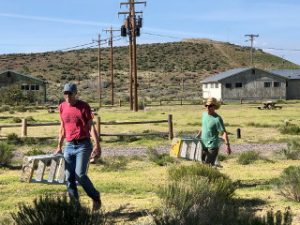 Mark Miller and David Hibbs from Corvallis who were also volunteering at the time–helping sort lots of recycling–stepped up to the plate and helped Stan with the massive reinstallation. Thank you Stan, Mark and David.
Mark Miller and David Hibbs from Corvallis who were also volunteering at the time–helping sort lots of recycling–stepped up to the plate and helped Stan with the massive reinstallation. Thank you Stan, Mark and David.

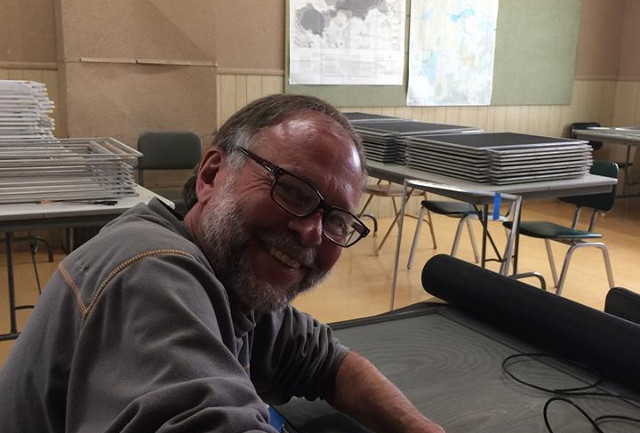

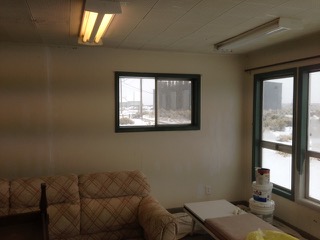 We don’t know if there’s a competition for painters, but she’s a champion in our book. “Thanks to you, I found something I always loved doing, that I can still do at 91–PAINT!” she said. Thank You, Ann and Jill.
We don’t know if there’s a competition for painters, but she’s a champion in our book. “Thanks to you, I found something I always loved doing, that I can still do at 91–PAINT!” she said. Thank You, Ann and Jill.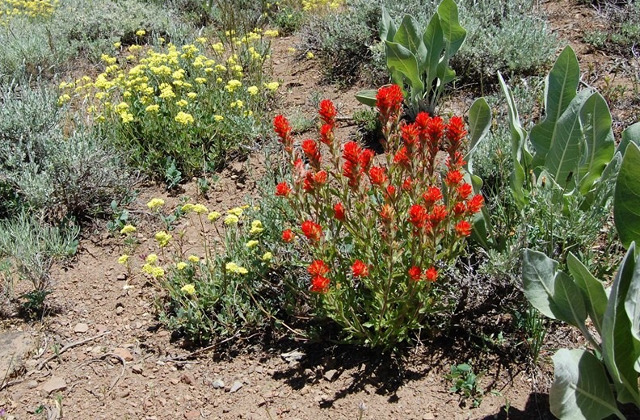
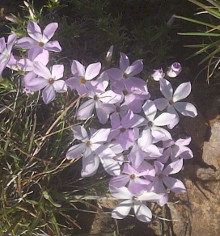 Rising out of southeastern Oregon’s Alvord Desert, the basalt fault block Steens Mountain is a unique floristic island shaped by glaciation and Great Basin plate “rumpling.” Its plant communities rapidly shift from juniper and sagebrush to aspen/riparian to high alpine glacial valleys and lakes near the summit at 9733 ft.
Rising out of southeastern Oregon’s Alvord Desert, the basalt fault block Steens Mountain is a unique floristic island shaped by glaciation and Great Basin plate “rumpling.” Its plant communities rapidly shift from juniper and sagebrush to aspen/riparian to high alpine glacial valleys and lakes near the summit at 9733 ft.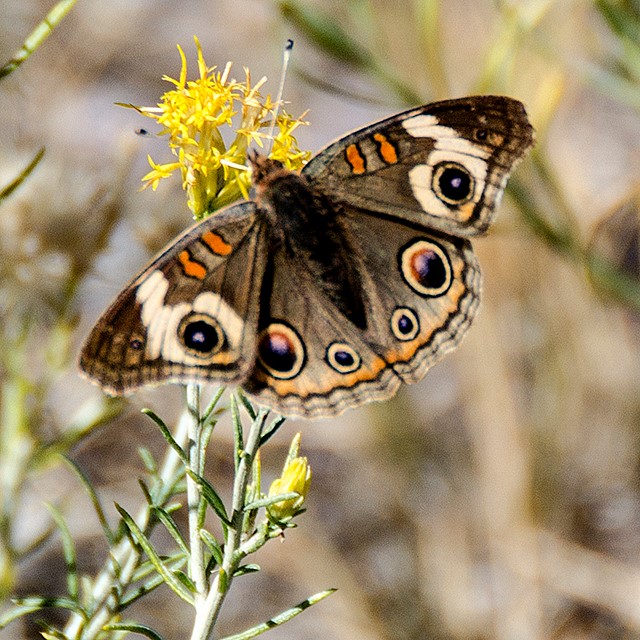
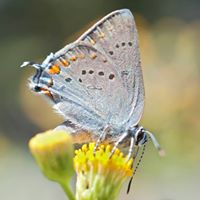 Harney County, Oregon is known as a butterfly hotspot as well as a migratory bird stop along the Pacific Flyway. We’ll learn both typical and rare species historically seen in southeast Oregon in a classroom session and studying collected specimens. Then we’ll foray to alkaline lakes and hot springs, landscaped areas, bogs and high-elevation sites including Steens Mountain in search of summer butterflies including checkerspots, swallowtails, fritillaries, metalmarks, blues and whites.
Harney County, Oregon is known as a butterfly hotspot as well as a migratory bird stop along the Pacific Flyway. We’ll learn both typical and rare species historically seen in southeast Oregon in a classroom session and studying collected specimens. Then we’ll foray to alkaline lakes and hot springs, landscaped areas, bogs and high-elevation sites including Steens Mountain in search of summer butterflies including checkerspots, swallowtails, fritillaries, metalmarks, blues and whites.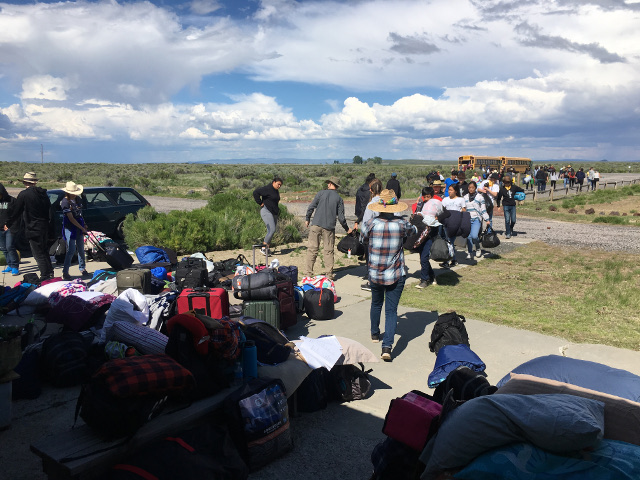
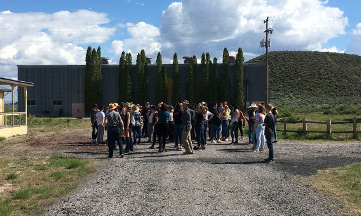 According to Tadd, he says “Our four day journey, with 69 teenagers, consist of staying at the field station in Princeton while studying the Wildlife Refuge, Diamond Craters, the Pete French National Historic Round Barn, The Steens Mountain, and the Alvord Desert – The kids soak up the science, history and literature of these places and absolutely have their minds blown with how much they get to see and do in four days.”
According to Tadd, he says “Our four day journey, with 69 teenagers, consist of staying at the field station in Princeton while studying the Wildlife Refuge, Diamond Craters, the Pete French National Historic Round Barn, The Steens Mountain, and the Alvord Desert – The kids soak up the science, history and literature of these places and absolutely have their minds blown with how much they get to see and do in four days.”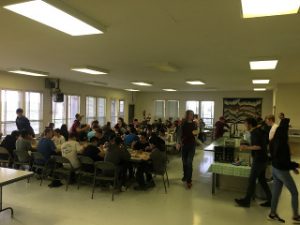 They arrive in awe and wonder, and depart with hugs and smiles. We are committed here at MFS in inspiring young people for the future.
They arrive in awe and wonder, and depart with hugs and smiles. We are committed here at MFS in inspiring young people for the future.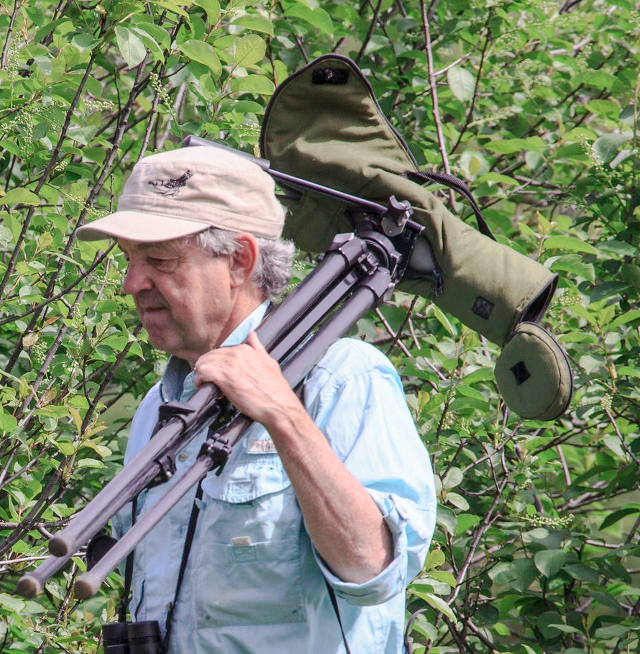
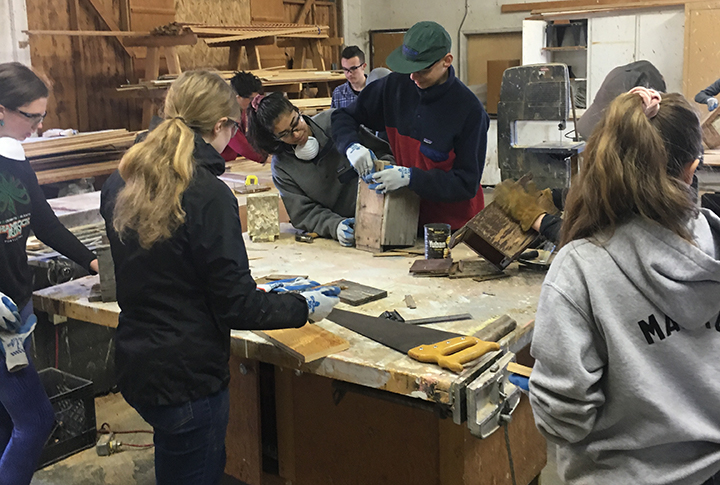
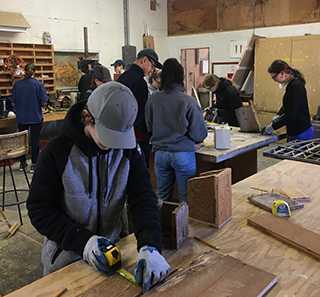
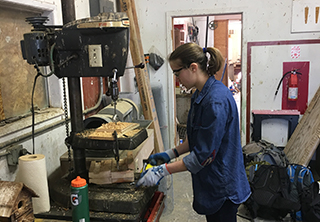
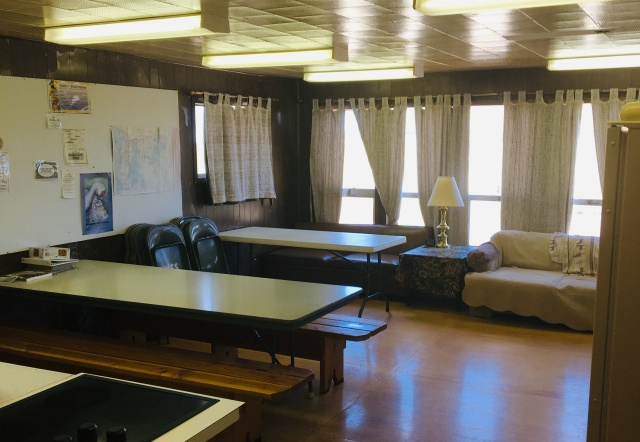
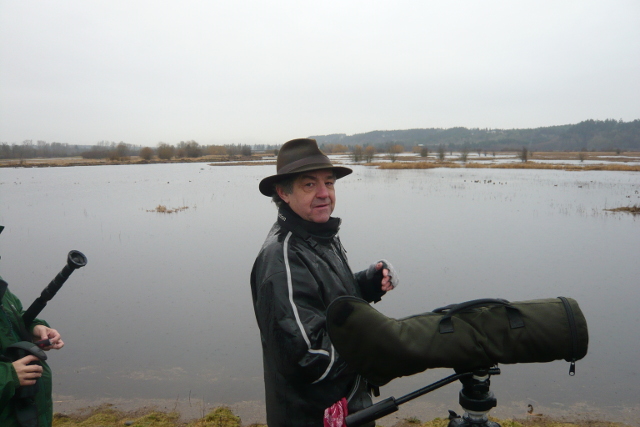
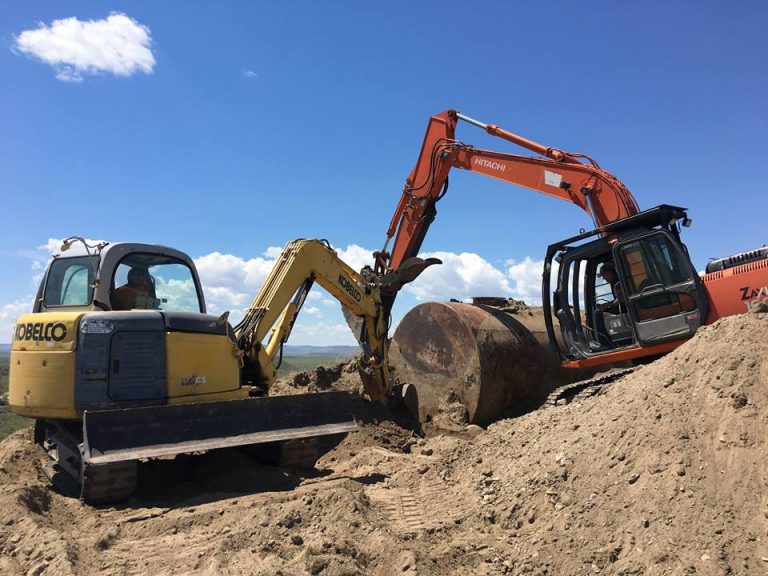
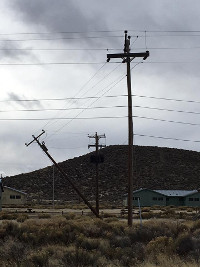 After a heavy storm on February 18, 2018 Harney Electric Coop came out to fix a down electrical pole. While drilling to set the new pole, they hit our main water line! They came out to fix this problem.
After a heavy storm on February 18, 2018 Harney Electric Coop came out to fix a down electrical pole. While drilling to set the new pole, they hit our main water line! They came out to fix this problem.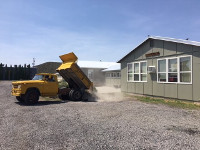 The station was closed all summer of 2018 to lodging guests. We reopened in September with our Members Meeting and Thank you Dinner. It was a huge success. We had 40 people attend the meeting and stay for dinner.
The station was closed all summer of 2018 to lodging guests. We reopened in September with our Members Meeting and Thank you Dinner. It was a huge success. We had 40 people attend the meeting and stay for dinner.